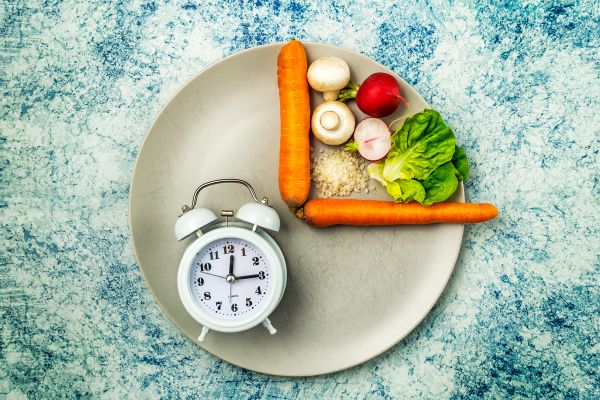Biliary colic refers to a dull sensation in the upper right-hand area of the abdomen.
This happens when a gallstone blocks bile duct. The tube that drains bile from gallbladder into the small intestine. If the gallstone is removed from the small intestine, the pain will disappear.
Must Read: bodybuilding supplement shopping tips
Gallbladder removal is the most common treatment for chronic gallstones. This organ is not necessary for digestive health.
Cause
Biliary colic occurs when the gallbladder contracts, causing a gallstone temporarily to block the drain that drains it.
Gallstones are hard lumps made up cholesterol and bilirubin which form in the gallbladder. They may be small or large, but they can also be numerous. Gallstones can form from chemical imbalances in the bile, or incomplete or infrequent emptying of your gallbladder.
.Also Read: the different categories of bodybuilding supplements
Biliary colic is caused by increased pressure in the gallbladder.
What is bile?
The bile ducts that run from the liver to the gallbladder and pancreas to small intestine carry bile and digestive enzymes.
Bile is a waste product of the liver that helps to digest fats. The gallbladder stores a portion of the bile. The gallbladder contracts when you eat a meal. This causes the gallbladder to empty its contents into the small intestinal.
Signs
People with biliary colic typically feel pain in their upper abdomen. The pain can radiate to the shoulders. It can feel dull, sharp, or crampy. Colic is most common after eating a large meal. It can also occur at night, especially if you are tired.
While the worst pain from biliary colic is usually felt for between 30 and an hour, it can also last for several hours at a lesser intensity. The gallstone is removed from the bile canal and the pain passes into the intestine.
Biliary colic and cholecystitis
Cholecystitis refers to inflammation of the gallbladder. This condition requires immediate medical attention. Gallstones, which are similar to biliary complication, are common causes of cholecystitis. Cholecystitis can be a complication of biliary collic. These symptoms can be more severe than those of biliary collic and last for longer.
Cholecystitis can be characterized by:
- Chronic abdominal pain that does not improve
- Fever or chills
- nausea and vomiting
Jaundice is a yellowish tint to the skin and eyes that can be seen as a yellowish hue.
- Tea-colored urine and pale stool
- Risk factors
- Gallstones are more common in certain people based on several factors.
Gender: Gallstones are more common in women than in men. Gallstones can form more easily due to estrogen, the female sexual hormone.
Never Miss: a guide to choosing green tea supplement capsules
- Gallstones in the family increase the likelihood of gallbladder problems.
- Gallstones are more common among people over 40.
- Ethnicity: Gallstones are more common in Native Americans and Mexican-Americans than in other groups.
Body weight: Obese or overweight people might have higher levels of cholesterol in their bile. This can lead to the formation of stones. Fasting and rapid weight loss can also increase cholesterol levels in the bile.
Health risks
Long-term blockages in the bile drains can cause serious complications such as infection and damage to the liver, gallbladder, and bile pipes. A serious problem is inflammation or swelling of the gallbladder. This is known as cholecystitis.
Gallstone pancreatitis is also possible if a gallstone blocks the duct that connects the pancreas and the intestine. Gallstone pancreatitis can be life-threatening.
How it is diagnosed
If you have biliary colic, a gastroenterologist may refer you. Gallstones can be diagnosed by medical history, laboratory tests and medical imaging.
Most Popular: bodybuilding supplements are you the sucker
An ultrasound is the most common imaging test. The doctor will place a special wand on your abdomen. The wand bounces sound waves off your inner organs, and can detect gallstones.
Your doctor may order magnetic resonance imaging (MRI) or computed tomography (a CT scanner), in certain cases.
Treatment
Surgery to remove the gallbladder is the most common treatment for gallstones. This procedure is called a cholecystectomy. Laparoscopic or keyhole surgery is the most popular way to perform a Cholecystectomy. This procedure is often done as an outpatient procedure.
Open surgery may be necessary in certain cases. An incision is made in the abdomen. A hospital stay is necessary for this procedure.
Your doctor may recommend other methods to dissolve or break down the gallstones. The gallstones could return in these cases within a few years.


